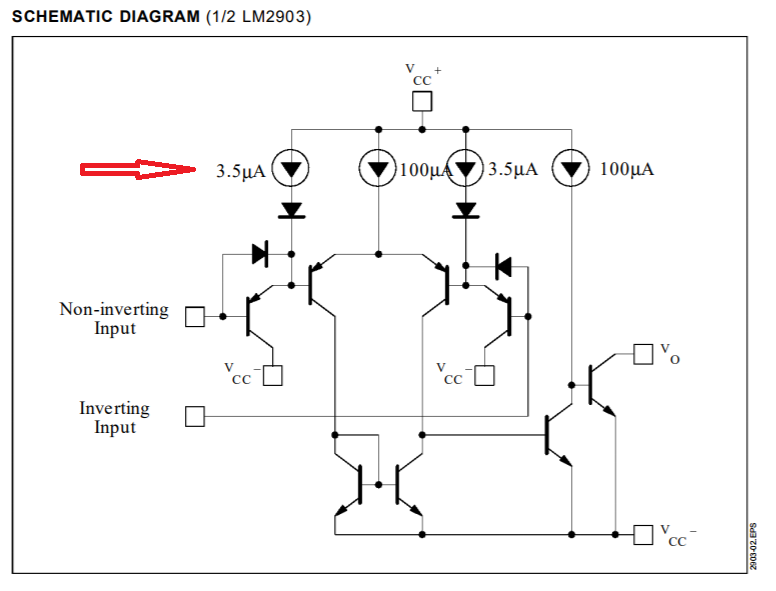Drawing out a current source by showing the exact circuit used would often make things less clear, since the designs of practical current sources will often be sensitive to component variations. To understand way, look at a couple of simple ways a 1mA current source might be implemented on a chip which is specified only for operation at exactly 10.0 volts:

simulate this circuit – Schematic created using CircuitLab
The approach on the right may work if the transistor happens to have a voltage drop of exactly 0.7 and a beta of exactly 43.01, or if its voltage drop and beta have the proper relationship, but uncertainty in those parameters (especially beta) could yield to significant variations in current. The circuit on the left would have an output current that is more sensitive to voltage drop, but far less sensitive to beta.
As technologies change, chip designers may have more or less precise control over different aspects of transistor behavior, and might thus have reason to favor one approach over the other. Someone using the part, however, would have little reason to care about whether the designer used a transistor with a very precisely controlled beta, or used emitter resistance to reduce beta dependence, or used some other means to ensure predictable behavior. There's thus no reason to include such details in an end-user schematic.


